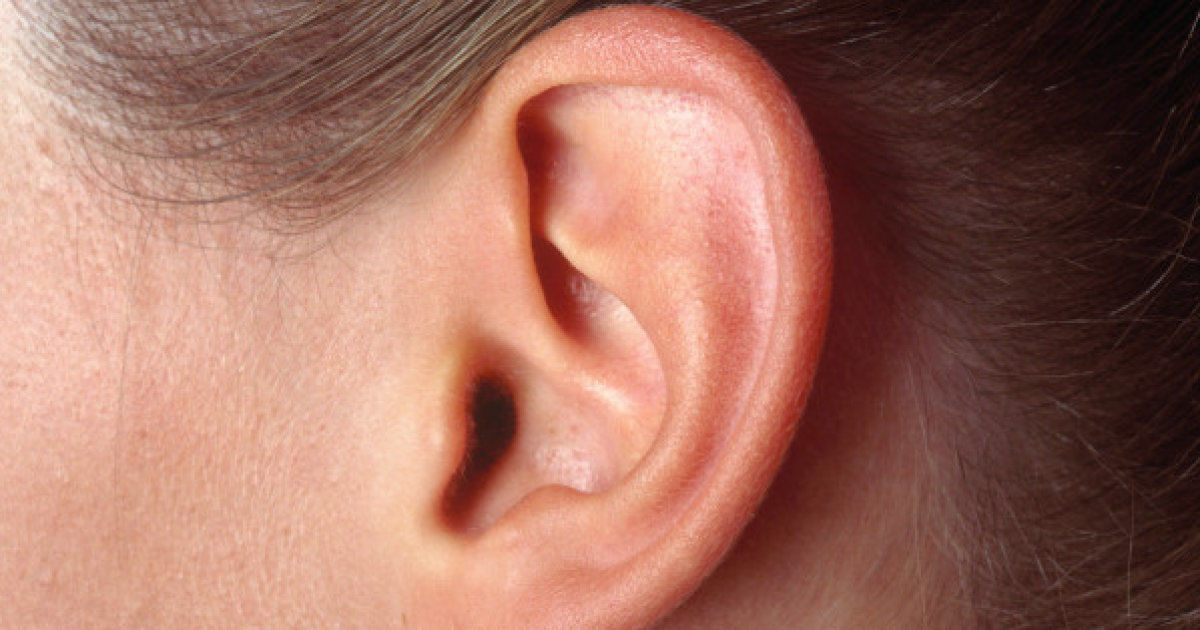Severe Complications With Eustachian Tubes
Eustachian tubes are canals connecting the middle ear to the nasopharynx or the part of the ear that contains the back of the nasal cavity and upper throat. It is responsible for controlling pressure within the middle ear, making it similar to the pressure felt outside the body. The eustachian tubes remain closed most of the time and only open during chewing, yawning, or swallowing to let air through the passageway. When the tubes do not open the way they should, it can create feelings of pressure, discomfort, dizziness, or ringing in the ear.
Blocked Eustachian Tubes

Swelling in the ear from allergies, a sinus infection, or the common cold may prevent the Eustachian tubes from opening, resulting in a collection of fluid in the middle ear. This fluid may cause pressure and pain. It can also cause changes in pressure while an individual is flying on an airplane or driving up a mountain. Acute otitis media is an infection occurring when the fluid in the ear becomes infected. Children are at a greater risk of ear infections because their eustachian tubes are shorter and it is easier for them to become blocked.
Symptoms Of Blocked Eustachian Tubes

Symptoms of a blocked eustachian tube include feelings of dizziness, hearing problems, a ringing or popping sensation in the ears, pain in the ears, or ears that feel full. A physician can look at the ears and determine if the eustachian tubes are blocked. It is very easy to open blocked eustachian tubes by closing the mouth, holding the nose with two fingers, and gently blowing to create a 'pop' in the ears. Chewing gum and yawning may also help. When the eustachian tubes open, most patients will hear a popping noise that represents the amount of pressure from inside and outside of the ears.
